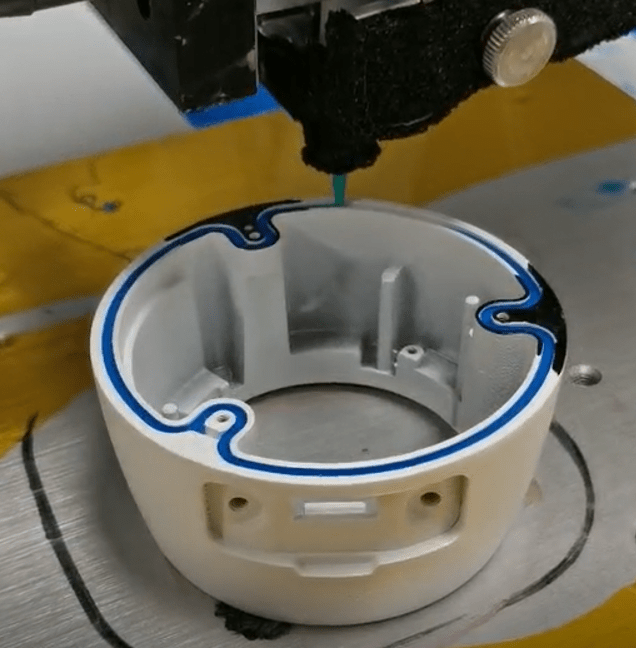1. What is AB glue
AB glue is the name of a two-component adhesive. One liquid is the glue and the other liquid is the hardener. Only when the two liquids are mixed can they be hardened. Common AB glues include AB epoxy resin, AB silicone, AB polyurethane, and PU glue.
2. Packaging of AB glue
AB glue is packaged in barrels and sticks. The barrels are generally large in volume, with one barrel weighing 20KG, while the individual packages are very small, around 1KG.
3. How to use AB glue
1. If the glue is filled by hand, first use a measuring cylinder to take the AB glue in proportion, and then pour Mix and stir in the container. Be careful not to use too much each time. Otherwise, if it is not used up within the specified time, the glue will solidify and cause a lot of waste.
2. Use a fully automatic glue filling machine to fill the glue. The machine automatically mixes the ratio, automatically fills the glue, quantitatively dispenses the glue, automatically follows the path, and cleans with one click, saving time and effort. The machine will automatically mix the amount you use. Compared with manual glue filling, the efficiency and quality are much higher.
4 Precautions when using AB glue with a fully automatic glue filling machine
1. The working room and equipment must be kept clean. Otherwise, the glue quality and bonding effect will be affected, especially oil and dust will affect the transparency and adhesion of the glue. The indoor humidity should not be too high. Try to maintain ventilation or have an exhaust fan. People should wear slippers or shoe covers when walking around. When the indoor air is too turbid, sprinkle a small amount of water droplets on the ground.
2. Try to keep the glue filling workshop as clean as possible. The normal temperature is 25 degrees. The temperature has a great influence on the usable time and curing time of the glue. In addition, when turning on the air conditioner, pay attention to the outlet water mist falling directly on the surface of the glue layer. It will react chemically with the ingredients of Agent B, causing white mist and oil stains. Granular and other phenomena
3. The glue filling work surface should be as stable as possible to avoid glue flow, leakage, incomplete dripping, and uneven dripping. You can use a balancing instrument and balance ruler to debug first
4. Temperature has a great influence on curing. As the temperature increases, the curing time accelerates. As the temperature decreases, the curing time prolongs. If the temperature is too high, it cannot be used. It will damage the properties of the glue and make it impossible to restore it to its original state. Therefore, it is necessary to choose whether to cure naturally or use oven heating to cure based on the properties of the glue.
5. The glue must be sealed and stored in a cool and ventilated place to avoid high temperature or sunlight. The yellowing is largely due to the glue not being resistant to UV rays in the sun, or exceeding a certain length of exposure to light.
6. The glue must be mixed strictly according to the weight ratio. If there is too much Agent B, the curing will be accelerated and the glue will become hard and even dry; if there is too little Agent B, the curing speed will slow down and the glue will not dry. The glue is soft and cannot even be dried
7. If the product process requirements are strict, you can consider loading the Vacuum System to degas the glue.

